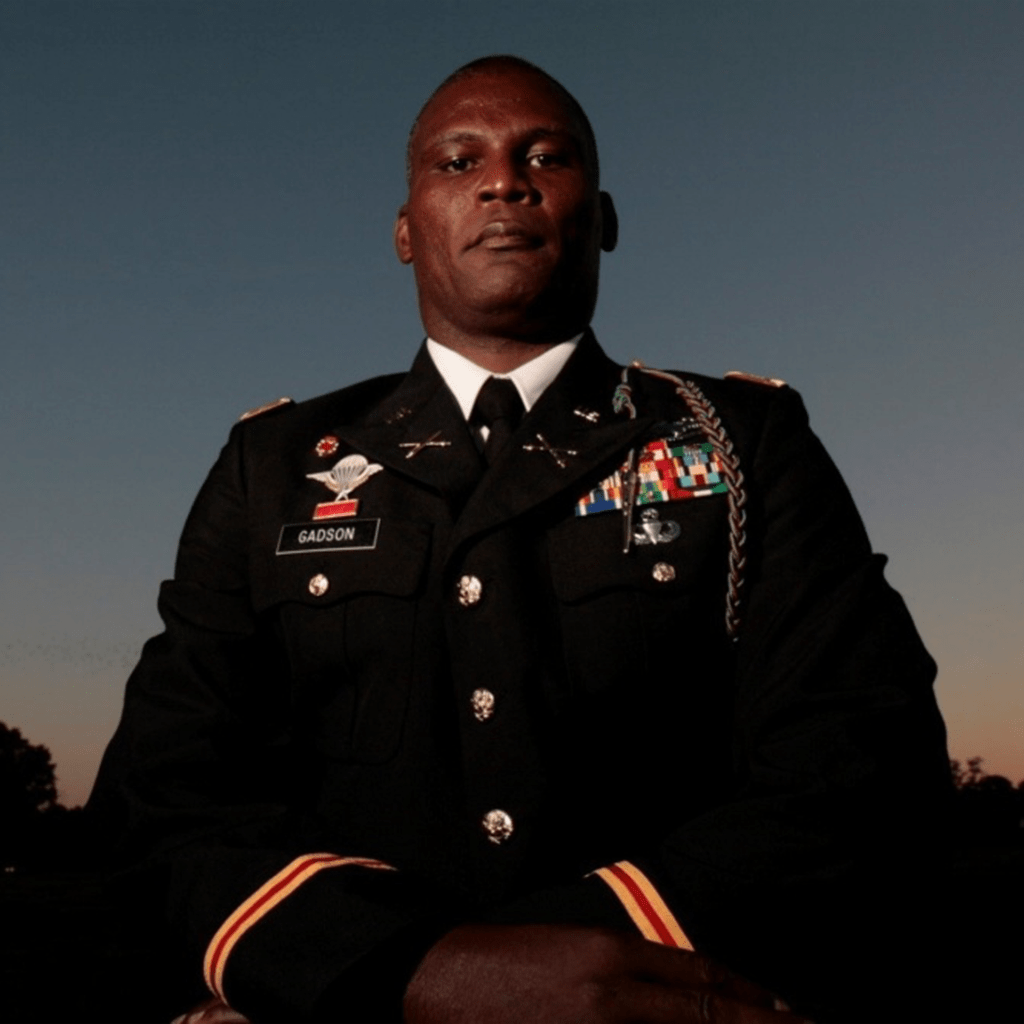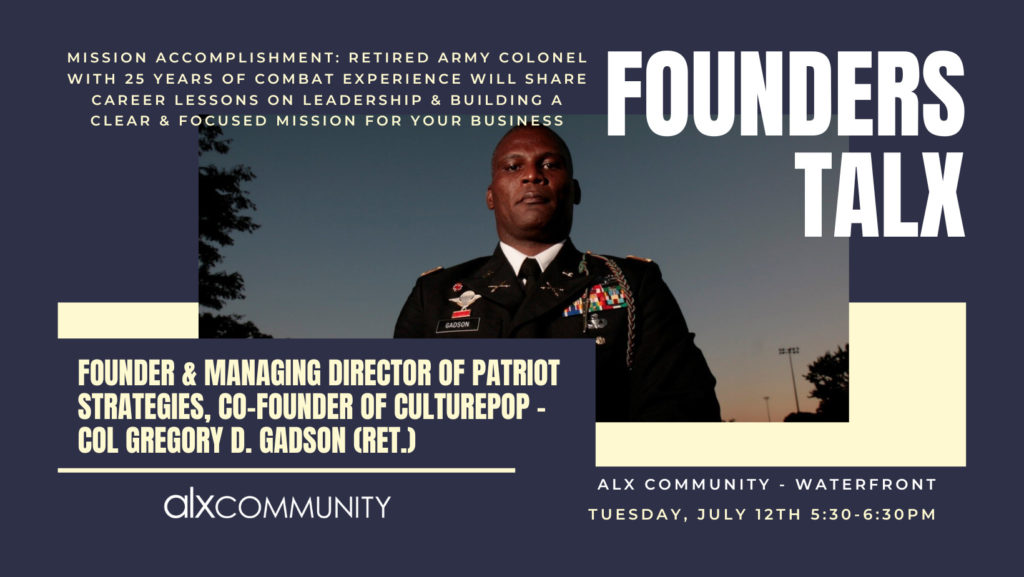Welcome to our “Founders TALX Preview” series, where we chat with local leaders and industry experts ahead of their appearance in our TALX speaking series. Consider it a behind-the-scenes glimpse of what’s to come at these insightful events, which are free and open to the public. We’d love to see you there!
Most days, Greg Gadson wakes up between 6 and 7am. If he’s at home in Mount Vernon, he’ll go outside and deadhead his flowers. If he’s on the road—as he often is, traveling for speaking engagements and appearances and any number of events he’s invited to attend—he’ll wake up and take a wheelchair stroll outside. Just to feel the day. Feel the weather.
One recent week’s travels took him from St. Louis to Nashville to West Point. In St. Louis, he Ubered from his hotel down to the Arch and rolled around with his camera. Sometimes he wears his camera so that people leave him alone, a subtle barrier between him and the public. Sometimes he’ll decide to interact with people, like he did in St. Louis, where he took their photos with the Arch, and later had dinner at a blues club, snapping photos of the musicians. Camera or not, people usually stop him. Some recognize him “from the movie, or something like that,” he says.
The movie is 2012’s “Battleship,” which he starred in after director Peter Berg saw him in a 2010 National Geographic article about robotics, which featured him because he was one of the first people in the world to wear bionic prosthetics after an IED blasted him from a Humvee in Baghdad in May 2007 and landed him on his back in the dirt, and he told God he didn’t want to die there.
He didn’t. He lost both of his legs above the knees and suffered a severe injury to his right arm. He returned to active duty. In September 2007, he spoke to the New York Giants during a team meeting, discussing adversity, perseverance, and teamwork, giving the football players the boost of motivation they needed to turn their season around and beat the 18-0 Patriots in Super Bowl XLII, which Gadson watched from the sidelines, later receiving a specially-minted Super Bowl ring.
Today, that highlight reel is in the distant past. After 26 years, three months, and nine days serving on active duty for Operations Desert Shield/Storm in Kuwait, Operation Joint Forge in Bosnia-Herzegovina, Operation Enduring Freedom in Afghanistan, and Operation Iraqi Freedom, Colonel Gregory D. Gadson retired from the U.S. Army in 2014. He’s since founded Patriot Strategies, LLC, a government services company, and cofounded CulturePop, the only free, anonymous, and profile-free e-learning and engagement platform in the world.
In late June, I caught up with Greg to talk about what else he’s up to at the moment, what got him here, and what he thinks—or doesn’t think—about what the future might hold.
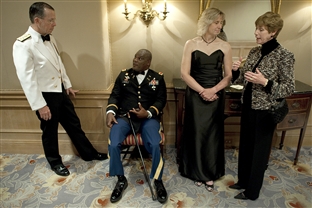
Like many young men, I had aspirations of someday being a professional football player. In pursuit of that dream, I knew I needed to play college football, and I wanted, of course, to play at the highest level. I thought I was going to go to the University of Virginia. In fact, they had actually told me they were going to offer me a scholarship, but at the last minute, changed their mind.
I had my heart and my mind set on playing football at the highest level, Division One. A football coach from West Point had actually come by my school to recruit another classmate of mine. And my coach shared with him that I didn’t have any place to do that, and I was, you know, a good student and a good athlete. I went to West Point and in short learned that they played Division One football. And so that was the path I chose, not for any particular love or dis-love for the military, but really with this significant chip on my shoulder that I should play football at the highest level.
I really didn’t believe that I was going to make the military a career. When you graduate from West Point, you have a five-year service obligation as a payback for your college education. My motto was, “Five and fly.” But I realized that I honestly enjoyed what I was doing. I really did love being a soldier. I got to be part of the Army football team, but our military is the greatest team on earth. I call it the ultimate team sport. That connection of team, that connection of being a part of something bigger than yourself, was a common ground between being an athlete, being a football player, and being in the military.
The last football game that I played in, I remember at the end of the game, I broke down into this crazy emotion. And I had to say to myself, what are you crying for? I mean, we lost the game by a point. But I realized that what hit me was that I would never do this again. I would never put this uniform on again. I would never be with these men and these coaches again. That was sort of what it felt like, as I took my uniform off, when I retired. I was happy that I left on my own terms. In other words, I decided that I was done being a soldier, and that doesn’t mean that my service stopped, but the form of it changed.
I don’t want to sound Pollyannaish and say, “I love my country.” I love it. I absolutely do. But I love the men and women who served with me, and my obligation was to them. My obligation was to support and defend the Constitution, and those men and women that raise their right hand. That’s what drove me to make sure that we were prepared, that we could do the things that we needed to do in defense of our nation.
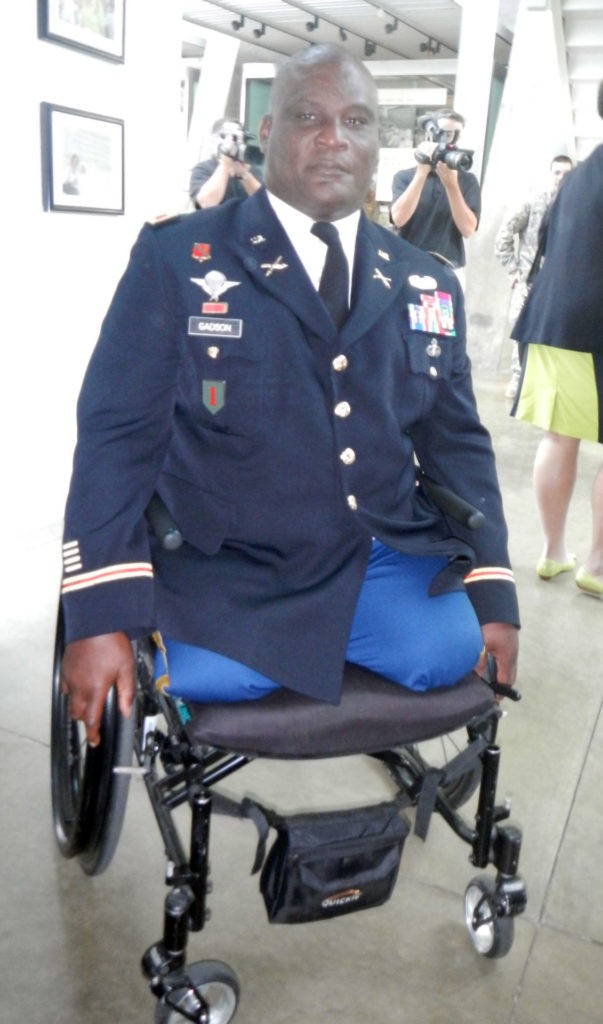
To me, being a leader is to help other leaders grow. My role is not to give them the answer, but also not to let them catastrophically fail. So it’s sort of tough love sometimes, And then it’s a pat on the shoulder.
As I have gotten older, you appreciate the sense of humility that you need. Everybody has a diverse life, and I often tell people to never compare your life to anybody else’s. We can always learn from each other, but don’t compare. Don’t put yourself down, and don’t prop yourself up off of somebody else.
One of the themes I’m able to consistently share as I think about my life, and the triumphs and defeats, has been the fight to be present. What I mean by that is to be where you’re at. And it took me a long time to be where I’m at—to consistently be where I’m at, and not drag this invisible anchor of the past around with me, and not live a day that I’m not promised. When I said earlier, part of why I went to West Point was because I felt like I didn’t get an opportunity, like I was wronged, like I wasn’t good enough—where I eventually got in life was that that’s not really sustainable. That’s not a sustainable place to live. I can’t keep doing things trying to prove anything to anybody. I have to do things for myself.
When you’re able to be present, you truly have an opportunity to be your best. That means that there are times when you have to look at where you’re going and what you want to accomplish. You work out goals, but then you work out objectives and actions that you need to do to achieve those goals. You focus on those objectives and those tasks, and you stay true to them, instead of, you know, flying with your head looking over the horizon. Because if you’re looking over the horizon, and if you’re dragging the past, it’s impossible to be your best. You can be good, you can be the best in the room, you could be the best on the team, but you’re not your best.
There are no more dragons for me to slay. No more mountains for me to climb. I’m truly unencumbered by maybe what a young person might have to consider as they maneuver through life. I want to continue to support my family—I have two kids, four grandkids—and to help improve the next generation. And just have fun.
My personal passion is photography. That gives me great joy. It’s my way of connecting to my environment. It gives me balance in life and allows me to continue to challenge myself and grow in an art that I’ve been pursuing since I was 18 years old. I bought my first camera with my graduation money from high school. It was a Nikon SG. How about that? You never forget.
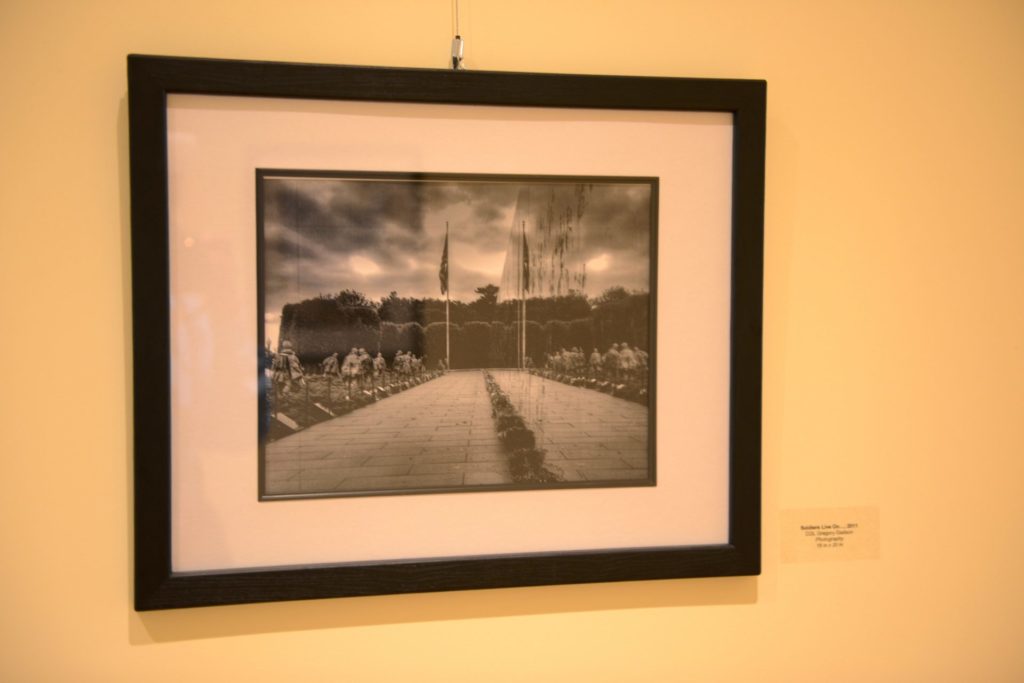
One of my heroes is Gordon Parks. I wish I had gotten the chance to meet him. He was the first African American full-time photographer for Life magazine. I would argue that many of his photos actually set the conditions for the Civil Rights Movement—not just for Blacks, but for the poor. It really caused America to look in a mirror and see ourselves—how inconsistent the American dream was. I wish I could say I was as great as him, but he was a phenomenal man.
His weapon was his camera. It’s what he used to disarm people. He’d create relationships with people—that’s why they let them into their lives. And I see that in myself. I didn’t learn it from him, but it’s what I do.
I’ve been able to travel and meet a lot of people. I’ve met Prince Harry, presidents, that kind of stuff. What totally blows me away is when a stranger comes up to me, or a service member, or the family of a service member who I don’t know, and says, “I read an article about you and it changed my life. Thank you.” Those kinds of things just blow you away. I never woke up and said, “I’ve got to inspire people.” That’s not how I’m wired. I’m just trying to survive. I’m just trying to make it through today. But at the same time, it’s humbling, because I’m like, I’m just living my life, you know?
I have strangers that come up to me and say, “You have a beautiful smile. How can you smile?” They are perplexed that I can have this peace about me, in spite of what’s happened to me. But you know, at the same time, I hear people say that I have a beautiful smile, and that I smile a whole lot more after being wounded than before I was wounded.
People that have known me for a real long time say I smile a whole lot more now.
The below photos are the works of Gregory D. Gadson.
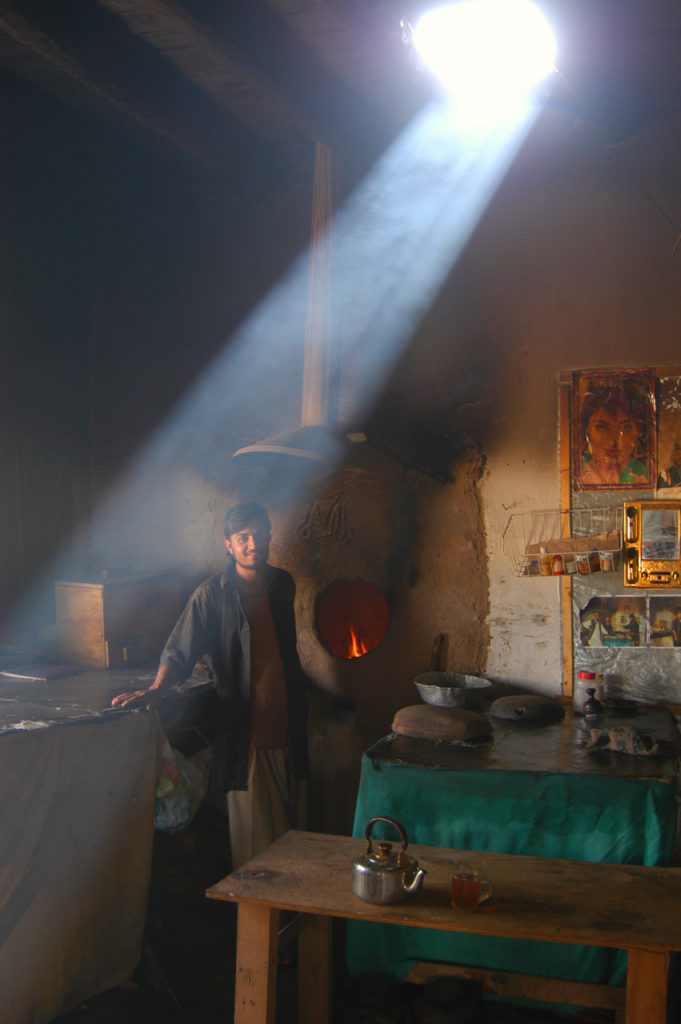
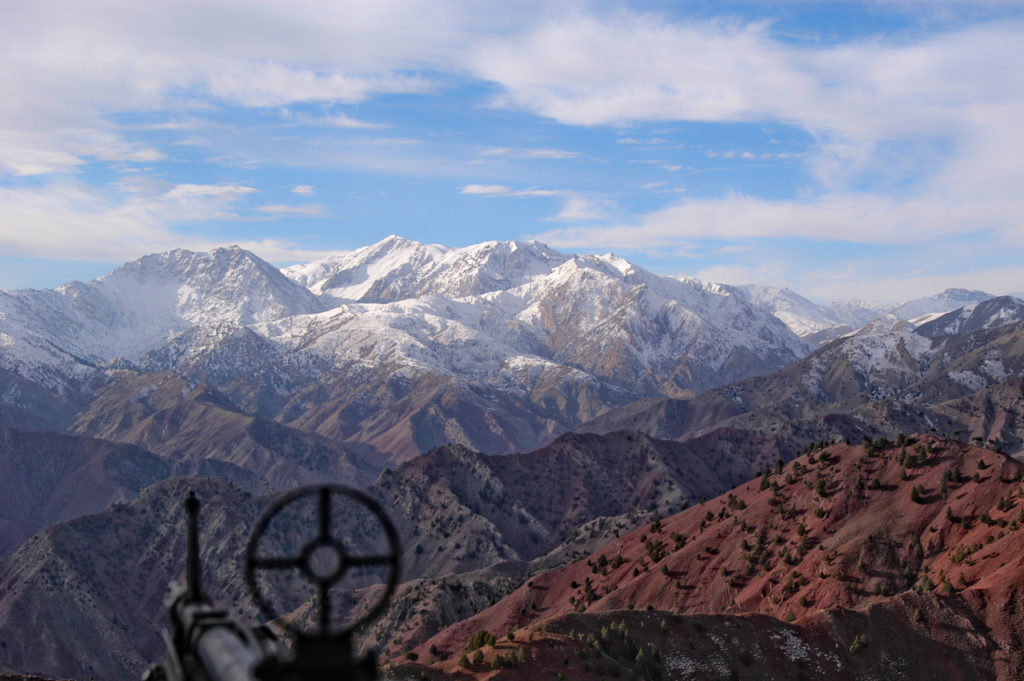

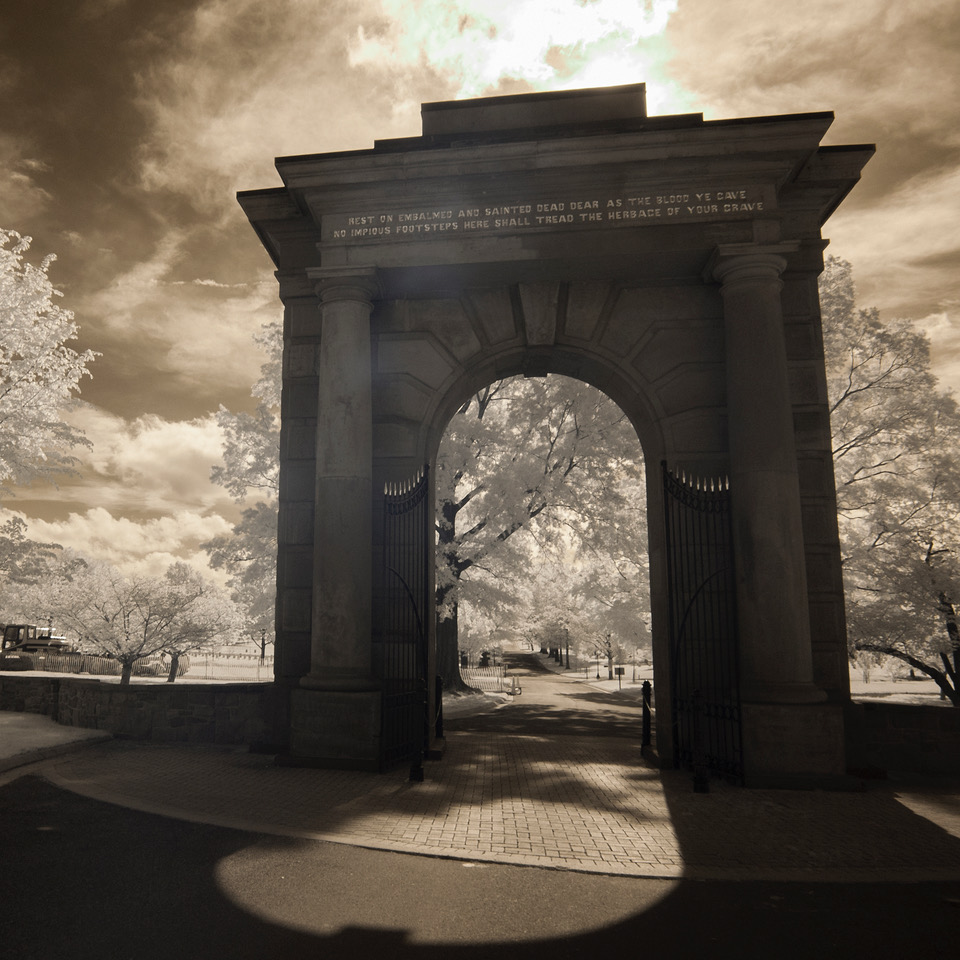

Please join us Tuesday, July 12 from 5:30pm-6:30pm at our Waterfront location for Greg’s Founders TALX. The event is free and open to the public. You can register here. For those who are unable to attend in person, tune in to our Facebook live stream to watch!


